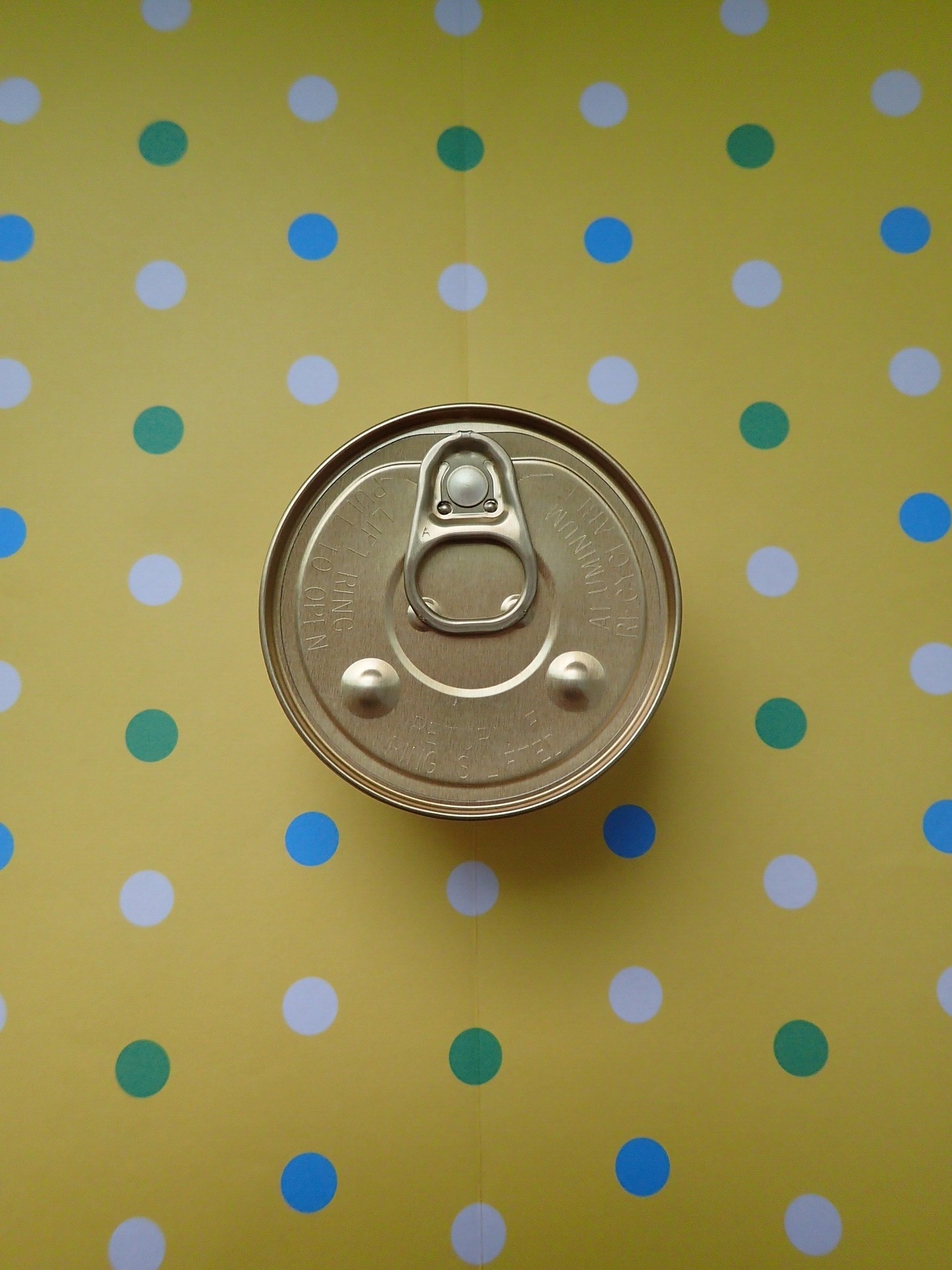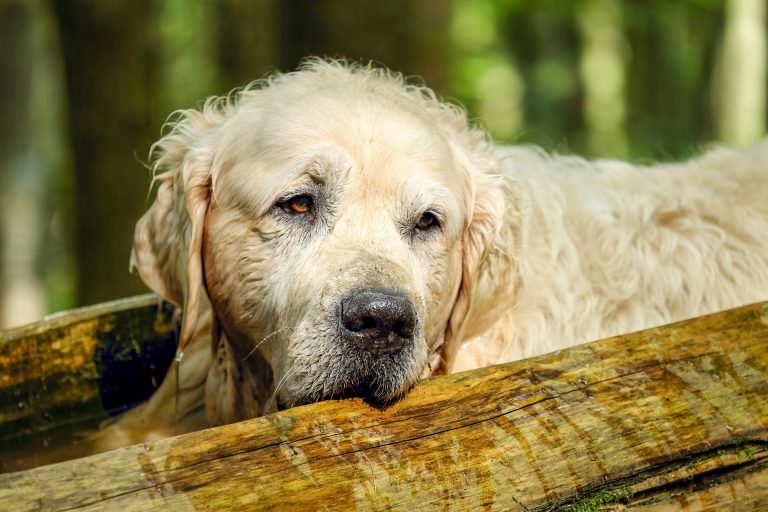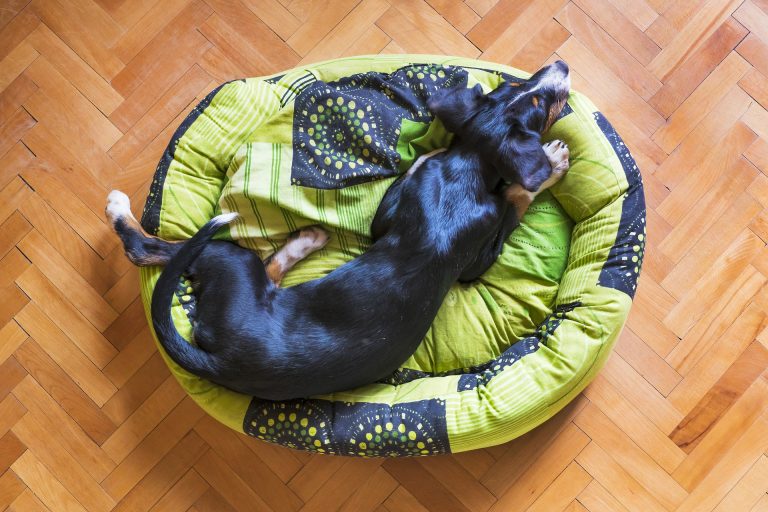A Comprehensive Guide to Dog Food for Allergies: Nourishing Your Dog’s Health and Well-Being
Food allergies in dogs can cause discomfort and various health issues, making it crucial to provide them with suitable dog food that addresses their sensitivities. Dog food formulated for allergies is designed to avoid common allergens while still providing balanced nutrition. In this comprehensive guide, we will delve into the world of dog food for allergies, exploring its importance, different types available, and key considerations when selecting the best food for your canine companion. Whether you’re dealing with known allergies or looking for preventive measures, this guide will provide valuable insights to help you make informed decisions and support your dog’s health and well-being.
Understanding Dog Food Allergies:
Dog food allergies occur when a dog’s immune system reacts negatively to specific ingredients in their diet. Common allergens include proteins like beef, chicken, or dairy, as well as grains such as wheat or soy. Here’s a closer look at understanding dog food allergies:
a. Symptoms: Common symptoms of dog food allergies may include skin itching, gastrointestinal upset, chronic ear infections, or respiratory issues. Consult with your veterinarian for proper diagnosis and guidance.
b. Allergen Testing: If you suspect your dog has food allergies, your veterinarian may recommend allergen testing or an elimination diet to identify the specific ingredients causing the allergic reaction.
Types of Hypoallergenic Dog Food :
Hypoallergenic dog food is specially formulated to minimize potential allergens and provide complete nutrition. Here are some common types of hypoallergenic dog food:
a. Limited Ingredient Diets: These diets contain a minimal number of ingredients, typically focusing on a single novel protein source (e.g., venison, duck) and a limited carbohydrate source (e.g., sweet potato, peas). They help identify and avoid specific allergens.
b. Grain-Free Diets: Grain-free dog food eliminates grains like wheat, corn, and soy, which are common allergens for some dogs. Instead, they use alternative carbohydrate sources like potatoes or legumes.
c. Hydrolyzed Protein Diets: These diets feature proteins that have undergone a process of hydrolyzation, breaking them down into smaller molecules. This reduces the likelihood of triggering an allergic response.
Selecting the Right Dog Food for Allergies:
When selecting dog food for allergies, consider the following factors to ensure it meets your dog’s dietary needs:
a. Quality Ingredients: Look for dog food made with high-quality protein sources, such as novel proteins or hydrolyzed proteins, and easily digestible carbohydrates. Avoid common allergens and ingredients known to cause sensitivities.
b. Complete and Balanced Formulation: Ensure the hypoallergenic dog food meets the nutritional standards set by reputable organizations, such as the Association of American Feed Control Officials (AAFCO). It should provide a balanced diet suitable for your dog’s specific life stage.
c. Specific Dietary Requirements: Consider any specific dietary requirements your dog may have, such as weight management or joint health. Some hypoallergenic dog foods are formulated to address these needs, incorporating additional nutrients or supplements.
d. Transitioning to New Food: Gradually transition your dog to the new hypoallergenic diet by mixing increasing amounts of the new food with their current food. This helps prevent digestive upset and allows for a smoother transition.
Monitoring Your Dog’s Response :
After transitioning to a hypoallergenic dog food, monitor your dog’s response and make necessary adjustments:
a. Allergy Symptoms: Keep an eye out for any improvement or resolution of allergy symptoms, such as reduced itching, improved skin condition, or gastrointestinal stability. Consult with your veterinarian if you notice any persistent issues.
b. Weight and Energy Levels: Monitor your dog’s weight and energy levels. Adjust the portion sizes as needed to maintain a healthy weight, and consult your veterinarian for guidance if weight management is a concern.
c. Regular Check-ups: Schedule regular check-ups with your veterinarian to evaluate your dog’s overall health and discuss any concerns or changes in their condition.
Conclusion :
Choosing the right dog food for allergies is crucial in supporting your canine companion’s health and well-being. By understanding the importance of hypoallergenic dog food, exploring different types, and considering factors such as quality ingredients, formulation, and specific dietary requirements, you can make informed choices to address your dog’s allergies. Monitor your dog’s response to the new food, including any improvement in allergy symptoms, weight management, and overall energy levels. With the right dog food for allergies and proper monitoring, you can help alleviate sensitivities, promote a healthy diet, and enhance your dog’s overall quality of life.






